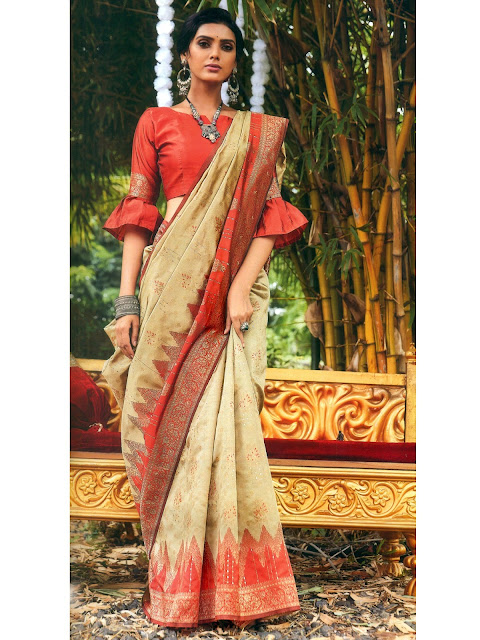The Ancient Art of Gold and Silver Embroidery: A Journey Through Time and Culture
Gold and silver embroidery has been a revered art form for centuries, with its origins dating back to the 15th century in India. This intricate craft has been practiced extensively across the world, with various techniques and designs emerging in different regions. From the ornate throne seats and elephant trappings of the Mughal Empire to the delicate fabrics of the Portuguese, gold and silver embroidery has been a symbol of wealth, status, and beauty.
The Techniques and Materials
The art of gold and silver embroidery involves laying gold threads over foundation padding of cotton threads, creating a heavy and formal design. This technique is known as Zardozi and is often used for heavy items such as saddle cloths, umbrellas, and canopies. In contrast, lighter fabrics are embroidered using a technique called kalabattu or karchob, where the gilt wire or spangles are stitched directly to the fabric.
The design is typically made on paper, with the edges perforated by small pins or needles to form a stencil. White or coloured chalk is then used to transfer the design to the material. The embroidery threads are made by melting metal ingots and beating them into bars known as pasa. These bars are then drawn through holes in a steel plate until they become as fine as a hair.
The Role of Gold and Silver in Embroidery
Gold and silver have been used extensively in embroidery, not only for their aesthetic appeal but also for their symbolic significance. Gold is often associated with purity, light, and wealth, while silver is linked to hope and joy. The use of gold and silver threads in embroidery creates a shimmering effect, adding depth and dimension to the design.
Centres of Gold and Silver Embroidery
Delhi, Bhopal, Lucknow, Agra, Banaras, Hyderabad, Surat, Bombay, Aurangabad, Jaipur, and Murshidabad are all important centres of gold and silver embroidery. The work is typically done by men, although women are also involved in certain techniques such as kamdani. The art form has been passed down through generations, with each region developing its unique style and techniques.
Conclusion
Gold and silver embroidery is a testament to the ingenuity and creativity of human beings. From the intricate designs of the Mughal Empire to the delicate fabrics of the Portuguese, this art form has been a symbol of wealth, status, and beauty for centuries. With its rich history and cultural significance, gold and silver embroidery continues to inspire and captivate people around the world.
Keywords: Gold and silver embroidery, Zardozi, kalabattu, karchob, pasa, gold threads, silver threads, embroidery techniques, Indian embroidery, Mughal Empire, Portuguese embroidery, cultural significance, historical significance.


Comments
Post a Comment